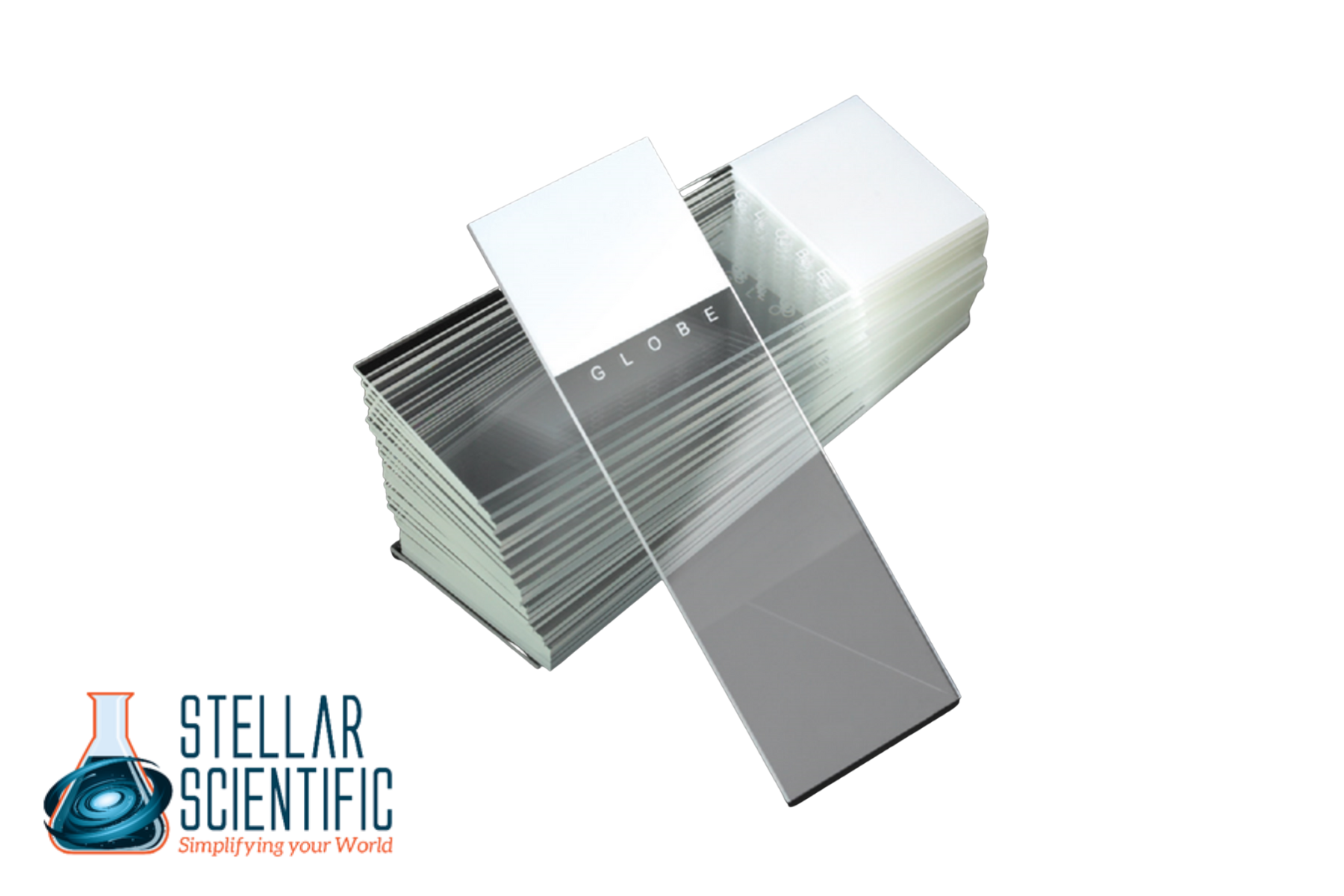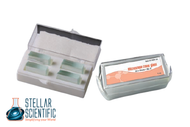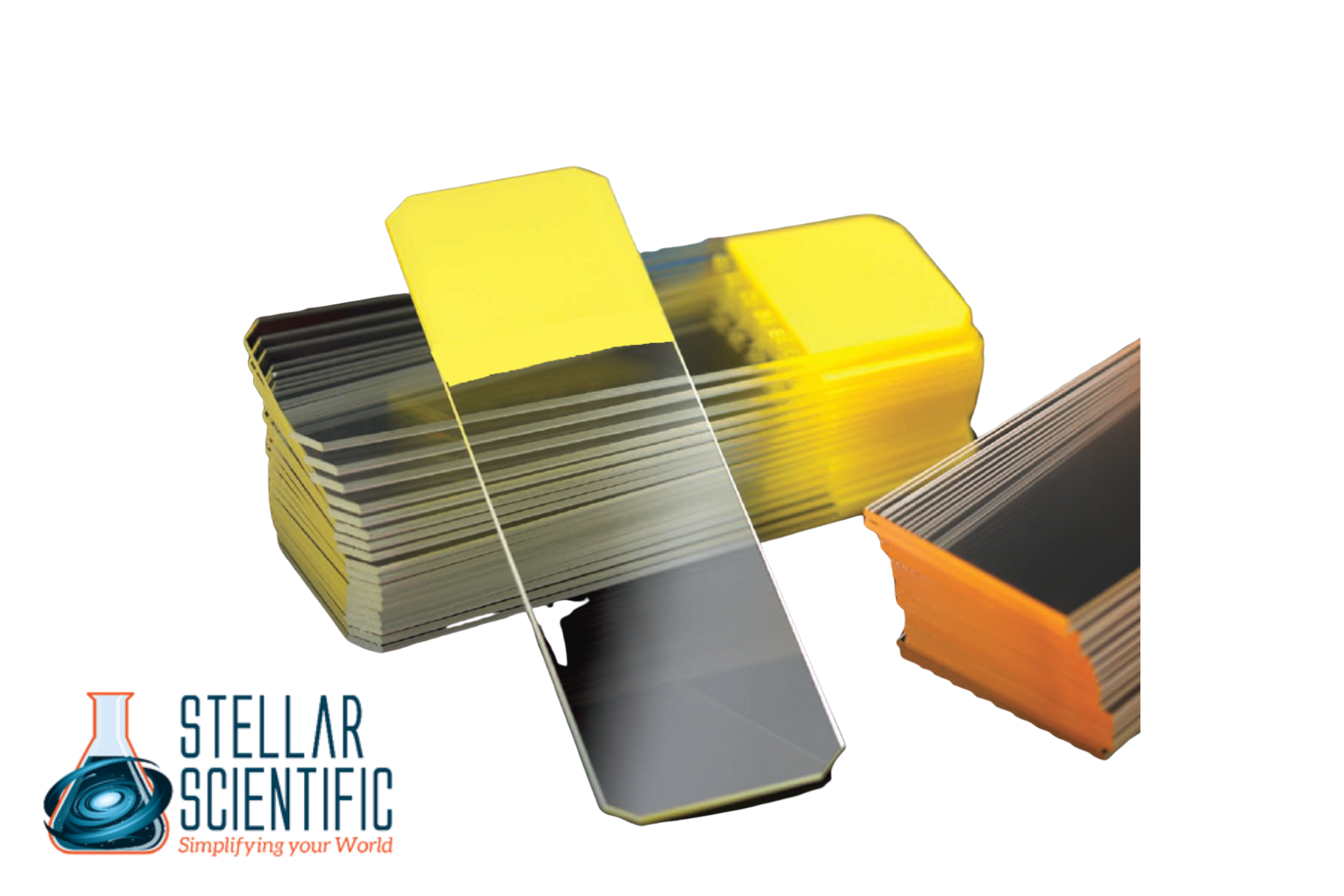Safe Storage and Transport of Microscope Slides: Ensuring Integrity of Your Specimens
26th Sep 2025
In scientific research, the preservation and accurate examination of specimens are paramount. Whether you are working in a laboratory, hospital, or educational setting, the integrity of your microscope slides is essential for obtaining reliable results. Improper storage and transport of these delicate specimens can lead to damage, contamination, or loss of critical data. This article will provide valuable insights into the best practices for safely storing and transporting microscope slides, ensuring that your specimens remain intact for analysis.
Why Proper Storage and Transport of Microscope Slides is Crucial
Microscope slides are used to hold specimens for microscopic examination. These specimens can range from biological tissues to prepared samples of cells or other materials. When slides are not stored or transported properly, they can suffer from physical damage, such as cracks, scratches, or contamination from environmental factors like moisture or dust.
Improper storage and transport can also affect the quality of the specimen on the slide. For example, delicate samples such as stained tissues or cultures may dry out, become distorted, or degrade if not kept in the right conditions. This can lead to inaccuracies in research findings or diagnostic errors.
Therefore, understanding how to store and transport microscope slides properly is essential for maintaining the integrity of your specimens and ensuring the success of your research or diagnostic efforts.

Best Practices for Storing Microscope Slides
1. Use of Proper Storage Containers
One of the most important aspects of storing microscope slides is choosing the right storage containers. Microscope slides and coverslips need to be stored in a way that prevents physical damage and minimizes exposure to contaminants. For this reason, specialized storage boxes or slide racks are highly recommended.
- Slide Boxes: These are compact containers designed to hold multiple slides in an organized manner. Slide boxes are often made of durable materials such as plastic or metal and feature individual compartments that prevent slides from touching each other. Some slide boxes also include foam or felt inserts that provide additional cushioning to protect the slides from damage.
- Slide Racks: A slide rack is a vertical or horizontal system that holds microscope slides securely in place. This system prevents the slides from being jostled or scratched and allows for easy access when needed.
When selecting a container, consider one that is designed to hold the specific size and number of slides you are working with. A microscope slide cover slip or a properly fitting cover is also essential to keep the slides sealed and safe from dust and moisture.
2. Maintain Optimal Environmental Conditions
The environment in which you store your microscope slides can have a significant impact on the longevity and integrity of the specimens. Storing slides in a cool, dry, and dark environment is essential to preventing degradation. Excessive heat or humidity can cause slides to warp, and prolonged exposure to light can degrade certain types of stains or dyes used on biological samples.
To maintain optimal conditions:
- Store slides in a temperature-controlled area with consistent low humidity.
- Avoid storing slides in direct sunlight or near heat sources.
- If possible, use a climate-controlled cabinet that ensures stable conditions.
By maintaining these environmental factors, you will preserve the integrity of your specimens and ensure they remain usable for future examination.
3. Labeling and Organizing Slides
Proper labeling and organization are crucial for identifying slides quickly and ensuring that the right specimens are used in the right experiments or diagnoses. Each slide should be clearly labeled with relevant information such as the specimen type, date, and any other pertinent details.
- Labeling: Use waterproof and durable labels that will not fade or peel off. Avoid using pens or markers that could smudge or erase over time. A permanent marker specifically designed for use on slides is an excellent choice.
- Organization: Organize your slides in a systematic manner that aligns with your research or diagnostic process. Group them by specimen type, date, or project. This will make retrieval easier and prevent mix-ups or confusion during future experiments.
Using a microscope slide covers with a corresponding label can also help ensure that slides are properly identified and protected.
4. Handling with Care
Even when stored in high-quality containers, microscope slides are still vulnerable to damage if handled improperly. To prevent damage:
- Wear gloves when handling slides to avoid transferring oils or moisture from your hands to the slide surface.
- Handle slides by their edges to avoid contaminating the specimen or causing scratches.
- Be mindful of the glass material and handle slides gently to avoid breaking or chipping.
5. Use of Protective Covers
When storing microscope slides, using protective covers is a must. Microscope slide coverslips provide an extra layer of protection against dust, moisture, and physical damage. These covers should be carefully placed over the specimen to prevent contamination and drying out, particularly for specimens that require long-term storage.
Covering slides properly ensures that specimens remain protected while still allowing for easy access when needed. Microscope slide cover slip options vary depending on the size and shape of the specimen and the type of analysis being performed.
Best Practices for Transporting Microscope Slides
1. Use of Secure Transport Cases
When transporting microscope slides, it is essential to use cases designed to secure and protect them during transit. Climate-controlled containers can be used to regulate temperature and humidity, ensuring that sensitive specimens are not affected by temperature fluctuations during transport.
- Transport Boxes: Similar to storage boxes, transport boxes are designed to hold slides securely in place during transport. They typically have padded compartments or cushioning to prevent movement and minimize the risk of damage.
- Cushioning Materials: When placing slides in transport boxes, use soft cushioning materials such as foam or felt to keep them in place and reduce the risk of breakage.
2. Maintain Stability During Transit
During transportation, it is important to minimize the risk of slides shifting or being exposed to environmental factors. To ensure stability:
- Ensure that the transport container is upright and stable.
- Avoid shaking or jostling the container during transit to prevent slides from colliding with one another.
- If possible, use padded carriers or cases to provide extra protection against impact.
3. Labeling for Identification During Transport
Labeling microscope slides is just as important during transport as it is during storage. This will help identify the slides upon arrival and ensure they are handled appropriately. It is especially critical when transporting slides to different locations, such as between laboratories or research facilities.
Ensure that each slide has clear, legible labels indicating the contents and any special handling instructions. This minimizes the chances of confusion or mishandling.
4. Use of Temperature Monitoring Devices
For sensitive specimens that require strict environmental control, such as biological or pharmaceutical samples, consider using climate controlled containers with built-in temperature monitoring systems. These containers ensure that your slides remain within the desired temperature range and provide real-time feedback on environmental conditions during transport.
Conclusion
Proper storage and transport of microscope slides are essential to maintaining the integrity of your specimens and ensuring accurate research results. By following best practices such as using the right storage containers, maintaining optimal environmental conditions, and handling slides with care, you can preserve your samples for future analysis. Additionally, using microscope slides and coverslips and secure transport cases will ensure that your slides remain safe during transport.
About Stellar Scientific
At Stellar Scientific, we specialize in providing high-quality laboratory equipment, and other essential tools for specimen preparation. Our products are designed to meet the needs of professionals in a variety of research and diagnostic fields. Visit our website to explore our full selection and find the products that best suit your needs. Whether you need to buy microscope slides or other related materials, we are here to help you maintain the highest standards of quality and precision in your laboratory work.


